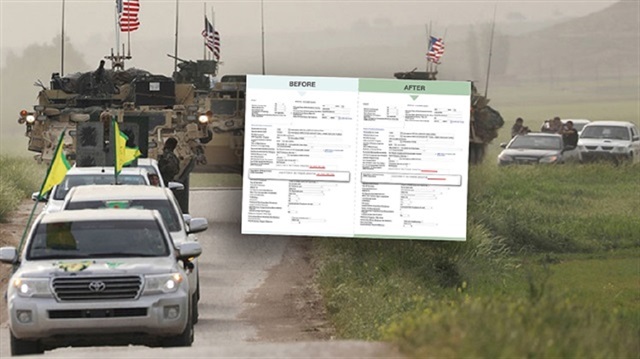
US spends billions on equipping terrorists in Syria, and is due to devote many billions more, as it exploits a loophole in the global arms control system
The U.S. has provided approximately US $2.2 billion worth of arms and ammunition to the People’s Protection Units (YPG), the Syrian Democratic Forces (SDF) and other similar terrorist organizations under the guise of fighting against Daesh.
A report published by the Organized Crime and Corruption Reporting Project (OCCRP) and the Balkan Investigative Reporting Network (BIRN) stated that Washington is using “vaguely worded legal documents which obscure Syria as the weapons’ final destination – a practice experts say threatens global efforts to combat arms trafficking and puts the Eastern European governments who sell the weapons and ammunition at risk of breaching international law.”
Over $700 million was spent on AK-47s, rocket-propelled grenade (RPG) launchers, mortars, and other weapons and ammunition.
“More than $900 million has been contracted to be spent by 2022, and nearly $600 million more has been budgeted or requested by the Trump administration. This brings the grand total of the Pentagon’s intended spending on its Syrian allies to $2.2 billion,” said the report.
“The Pentagon is buying the arms through two channels: the Special Operations Command (SOCOM), which oversees special operations across all services of the U.S. military, and the Picatinny Arsenal, a little-known U.S. Army weapons facility in New Jersey,” it continued.
In this fiscal year alone, SOCOM will purchase a further $172 million in arms comprised of tens of thousands of AK-47s and RPGs and hundreds of millions of ammunition.

The U.S. bypasses checks on international weapons trafficking, and omits documentary evidence regarding the final destination of the weapons. Weapons can be diverted to any group, a dangerous practice that puts the global arms control system at risk.
“The Pentagon has used highly unusual and misleading legal documentation that exploits a loophole in the system designed to prevent diversions of arms to terrorists, embargoed groups, or war criminals,” the report stated.
The report investigated the Pentagon’s weapons shipment to Syria using procurement records, ship-tracking data, official reports, leaked emails, and interviews with insiders.



